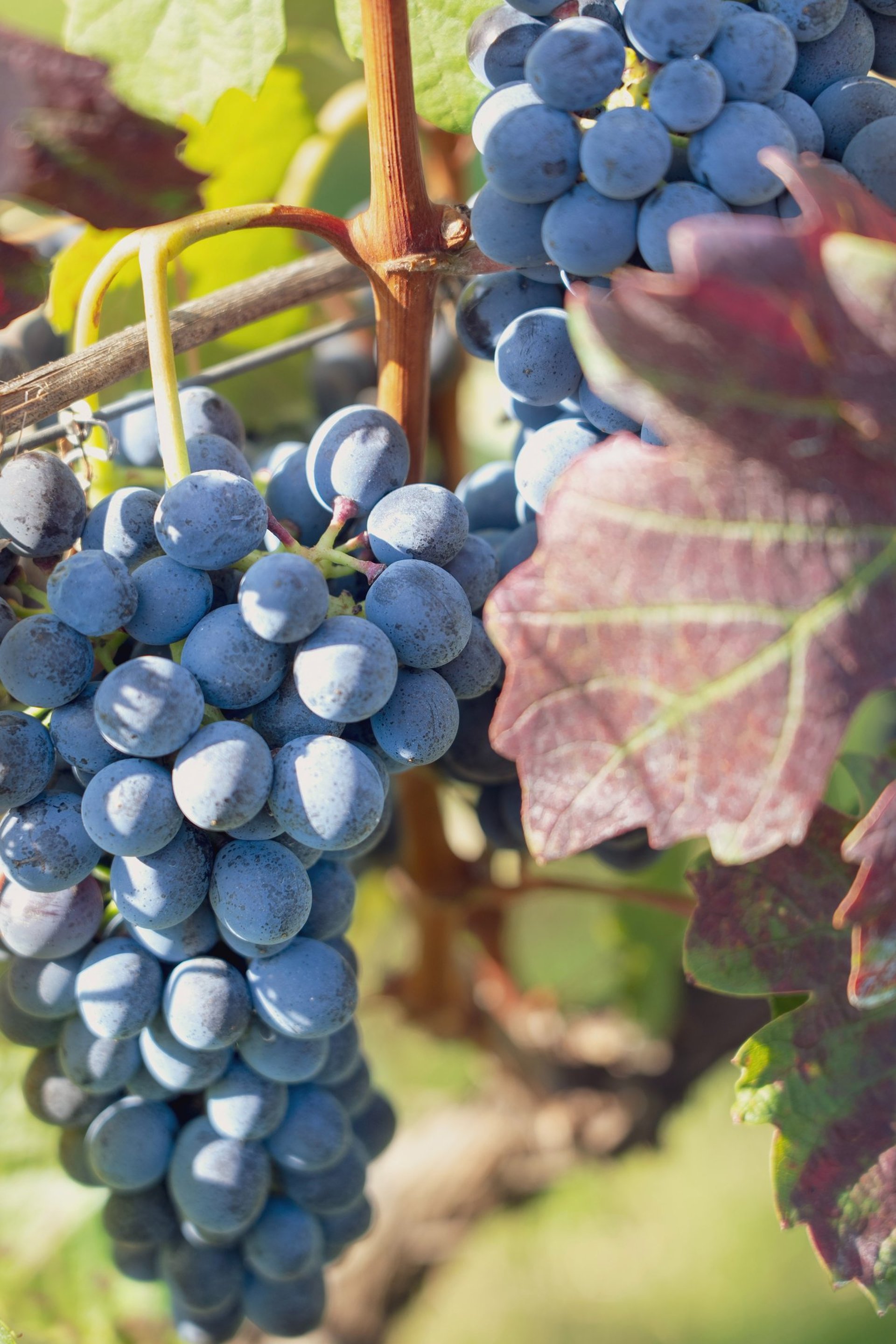Piacere! Questo e nient’altro è la vita! Bando alle angosce. Breve è il tempo del vivere. Subito a me, vino, danze, corone di fiori e donne. Voglio godere oggi. Oscuro è il domani. Pallada, (A.D. 485)

Plants have only one goal: to be the best version of themselves. To take their space on the planet for what is their unique talent: to be grounded, majestic, generous.
To produce fruit in abundance! Offering protection! Plants feed on waste substances and turn them into sustaining energy for us! All of this without asking for anything in return.
HEARTWARMING DON'T YOU THINK?!
Being in contact with such teachers is a tremendous privilege that leads us to be extremely caring and respectful every second we are in contact with them.
This is why we are always present at every stage of cultivation, working alongside our employes: Giorgio, our friendly tractor driver, operates the tractor with legendary mastery. Alfred and Mailinda and Cristiana should be cloned for the care they put into green pruning and all the other work.
I would also like to thank our charming and very knowledgeable, agronomic consultant, Giampiero Romana, who is always ready to find the right compromise between the sometimes divergent ideas of my father and myself....
I am convinced that recognizing such a delicate touch, the plants, are even more well disposed toward us.
I will now “bore” you with somewhat more technical topics... Which if you want we can go into when you visit me in the cellar.
VEGETATION MANAGEMENT
In a continental climate like ours it is essential to maintain an open canopy to allow sunlight and air to penetrate, reducing disease pressure.
The training form in our vineyards is the single unilateral double spur guyot. It creates a thin, upright foliage that intercepts as much sunlight as possible.
To balance the vigor in some of our plots, we are experimenting with spurred cordon pruning, with fruiting spurs with two buds.
Vine density varies from 4000 vines/ha in the 80-year-old “Sichei ” vineyard to 4800 vines/ha in the younger vineyards.
Production must be balanced. That is why we try not to intervene with green harvesting. We prefer to anticipate this process in May when green pruning takes place, leaving 8/10 sprouts per plant so that from the very beginning the plant concentrates all his energy in a smaller number of clusters that are more widely spaced.
CLONES AND ROOTSTOCKS
All new plantings are carefully evaluated. Viticulture is based on matching site characteristics with the right combination of variety, clone and rootstock.
All vines are grafted onto a mixture of rootstocks. I will mention the all-rounder 1103P extremely hardy on our clay soils. The much-appreciated 110R brings vigor to vineyards with southern exposure. And the generous K5BB rootstock in our older vineyards.
Clones AT84 and GJ1, which bring good acidity and high extract, form the basis of our Barberas.
The goal is by 2027 to develop our own mass selection with the establishment of an experimental vineyard.
Let's be like the plants

GEOLGY
Geological formation: Cassano-Spinola conglomerates.
Age: Messinian, 5.4 to 5.3 million years ago.
These are marls organized in ash-gray layers with thin sandy levels, which become more frequent and sometimes cemented (Langa stone) in the vineyards of Agliano terme. However, the most common type is marl, composed of a predominant amount of silt with subordinate sand, clay and calcium carbonate.
Soils originated from the settling of fine materials on the bottom of brackish lagoons, at the stage when the ancient Mediterranean Sea experienced the so-called salinity crisis, which resulted in partial evaporation and the genesis of salt lagoons in the area. There are fossils of organisms adapted to lagoon conditions such as mollusk shells, amphibian skeletons and fish.
THE SOILS
The soils reflect the geological nature of the subsoil from which they were generated. resulting in: calcareous, silty, with tendentially modest amounts of sand. Clay is also present in significant percentages that can exceed 30 percent, but always subordinate to silt.
The composition rich in silt and partly clay has resulted in a slow erosional dynamic, with the genesis of long slopes with not steep inclinations. Soils as a result were able to evolve in large areas, generating brown soils that developed altered primary minerals with increased clay composition. These are alongside the so-called white soils, also present in the area but mainly on the more steeply slopes, which, on the other hand, have retained the almost unchanged composition of the original marls.
The brown soils, present in the vineyards in the hamlet of Boscogrande and Biolla in Montegrosso, are thus more fertile and tend to be deeper. The shallower white soils, typical of the vineyards surrounding the winery and and Agliano more calcareous, less fertile and drier.
GESTIONE DEL SUOLO
We compost grape skins and seeds and return them to the vineyard soil to increase soil biodiversity to complete the nutrient cycle.
Worms are the invisible army of our vineyards: they collect organic matter such as leaves and grass and break it down, aerating the soil. For these organisms to work, it is necessary to maintain a good level of organic matter in the soil. Soil organic matter is also helped by the presence of permanent turf between rows, mulching of prunings and the return of composted cellar waste.
Inter-row grasses provide a diversity of plant and insect species, reducing the plant vigor and contribute organic matter to the soil.
Thank you for your time.
Gianluca
